Museo de Soju y Comida Tradicional de Andong (안동소주·전통음식 박물관)
17.9Km 2021-12-28
Gangnam-ro 71-1, Andong-si, Gyeongsangbuk-do.
En el Museo del Soju se exponen las etapas de producción del licor tradicional de Andong, la historia, el desarrollo, la variedad de los licores tradicionales y aquellos licores designados como patrimonio cultural intangible, entre otros materiales y registros relacionados. También podrá conocer los utensilios, los diferentes tipos de botellas por época, las tazas y copas de los licores, y hasta se representan en imágenes tridimensionales los eventos y ceremonias que se realizaban acompañados con algún licor.
Por su parte, en el Museo de Comida Tradicional, están en exposición una variedad de platos tradicionales y comidas que se acompañaban en la mesa junto al licor. Galletas, dulces y pastas, de diferentes formas y colores, preparados con varios ingredientes, aquellos que se sirven en las bodas, en los ritos ancestrales, etc.
Chunujae House / 춘우재고택
18.0Km 2025-03-05
101, Matjil-gil, Yecheon-gun, Gyeongsangbuk-do
+82-54-655-1717
Chunujaegotaek is an architectural house from the late Joseon period built by Gwon Jin (1568 - 1620). He was the grandson of Gwon Ui, the 10th generation of Gwon Su Hong who, in turn, is the founder of Bokyagongpa. Chunu is the name of Chunu Gwongjin which means “spring rain comes.” Is it because of the name? When rain drops fall on the Chunujae house, the fragrance of the hanok becomes more evident. In the yard are different fruit trees, peepal trees, and chrysanthemums. In particular, the chrysanthemums planted in front of the stone wall are natives to Korea and have witnessed the history of the house. Every year, the chrysanthemum petals are collected for tea brewing and the branches are soaked to make alcohol. A small stream runs outside the house, which makes for a pleasant sound. Staying in the hanok makes life elegant, restful, and idyllic. Currently, Gwon Chang Yong and his wife, the heir of the family, are living in the main room of the main building, maintaining the house. Unwilling to send off guests without meals, they provide breakfast. There are seven rooms in total but accommodation is only allowed on 2-3 floors in summer. Traditional Korean paste making experience is also conducted by Mrs. Gwon. A group of 10 or more is required to make a reservation in advance. Experience program varies depending on the season.
Hongbuyong Hansik (홍부용한식)
18.1Km 2021-03-22
18-2, Taehwa, 10-gil, Andong-si, Gyeongsangbuk-do
+82-54-853-1650
A store selected as model restaurant by the Andong city government. This restaurant's signature menu is bulgogi hot pot. This Korean dishes restaurant is located in Andong-si, Gyeongsangbuk-do.
Yeongam Haejangguk (영남해장국)
18.2Km 2021-03-24
76, Taehwajungang-ro, Andong-si, Gyeongsangbuk-do
+82-54-841-8885
The tender lean meat and broth are excellent. This restaurant's signature menu is pork back-bone hangover soup. This Korean dishes restaurant is located in Andong-si, Gyeongsangbuk-do.
Saranghae Saranghae (사랑해사랑해)
18.3Km 2021-03-24
10, Seodongmun-ro, Andong-si, Gyeongsangbuk-do
+82-54-843-9291
It is a place where you can eat various kinds of specialties. This Korean dishes restaurant is located in Andong-si, Gyeongsangbuk-do. The representative menu is stir-fried octopus.
Gyeongildae Banjeom (경일대반점)
18.3Km 2021-03-24
52, Taehwa-gil, Andong-si, Gyeongsangbuk-do
+82-54-853-8800
This is an old restaurant using green tea noodles in Andong. This Chinese (cuisine) restaurant is located in Andong-si, Gyeongsangbuk-do. The most famous menu is noodles in black bean sauce.
Hwangso Galbi (황소갈비)
18.3Km 2021-03-24
80, Danwon-ro, Andong-si, Gyeongsangbuk-do
+82-54-858-7388
This restaurant is famous for beef bulgogi and galbi (ribs). This Korean dishes restaurant is located in Andong-si, Gyeongsangbuk-do. The representative menu is beef bulgogi.
Dongsin Makchang (동신막창)
18.3Km 2021-03-30
2-1, Taehwa 5-gil, Andong-si, Gyeongsangbuk-do
+82-54-854-8292
It is a hidden restaurant frequently visited by locals. This Korean dishes restaurant is located in Andong-si, Gyeongsangbuk-do. The most famous menu is grilled beef reed tripe.
Dongdaemun Sikdang (동대문식당)
18.4Km 2021-03-24
87, Danwon-ro, Andong-si, Gyeongsangbuk-do
+82-54-859-3490
This is where you can eat spicy seasoned squid. This Korean dishes restaurant is located in Andong-si, Gyeongsangbuk-do. The representative menu is squid salad.
Buda de Pie Tallado en la Roca de Icheon-dong en Andong (안동 이천동 마애여래입상)
18.4Km 2021-05-04
Icheon-dong, Andong-si, Gyeongsangbuk-do.
Es una estatua de Buda esculpida en piedra, en cuyo lugar se ubicaba antigüamente el templo Yeonmisa. Sin embargo, en la actualidad, en sus cercanías se ha construido la ermita Jebiwon, por lo que en ocasiones se le llama "Estatua budista de Jebiwon". Es una maravillosa obra de escultura, trabajada en una enorme roca que apunta hacia el oeste, lo más peculiar de esta pieza es que por encima del cuerpo se ha colocado la cabeza del Buda, que supuestamente fue trabajada por separado. Aunque la parte posterior de la cabeza presenta pequeñas deformaciones por daños, en general, se encuentra bien conservada. Esta técnica de esculpir primero el cuerpo y luego trabajar la cabeza y colocarla por encima fue un mecanismo que estuvo de moda durante la era de Goryeo, y debido a los formatos y detalles de la pieza, se supone que es una obra perteneciente al siglo XI.
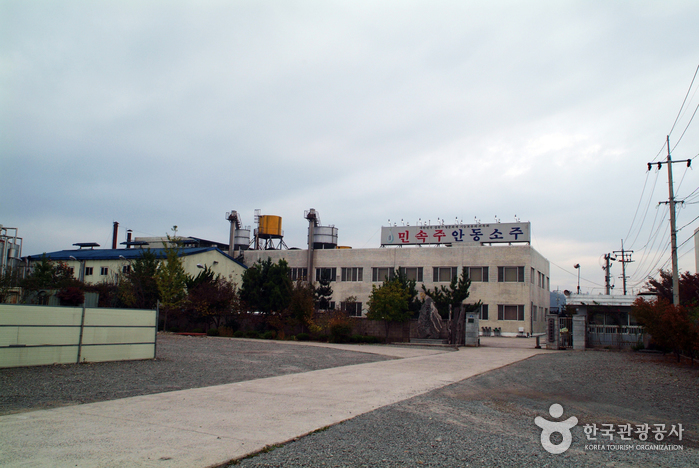
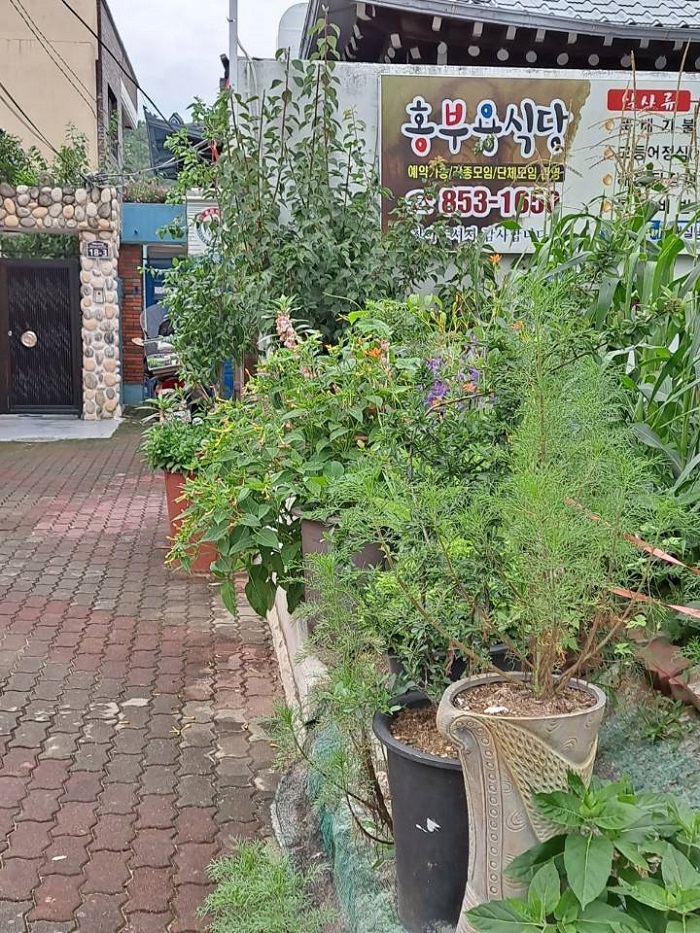
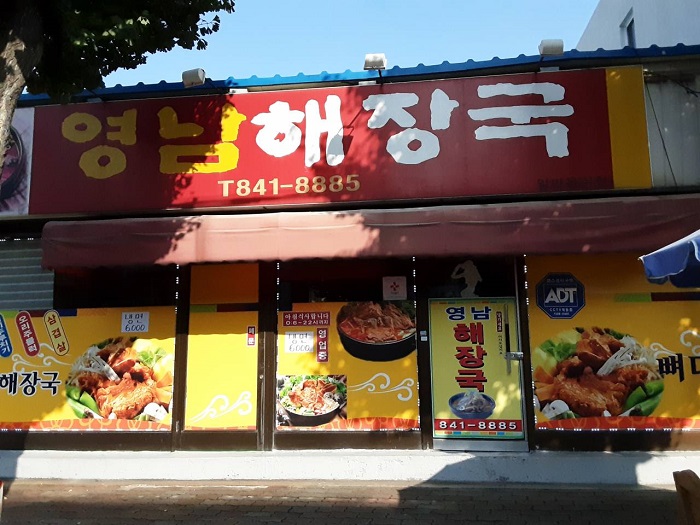
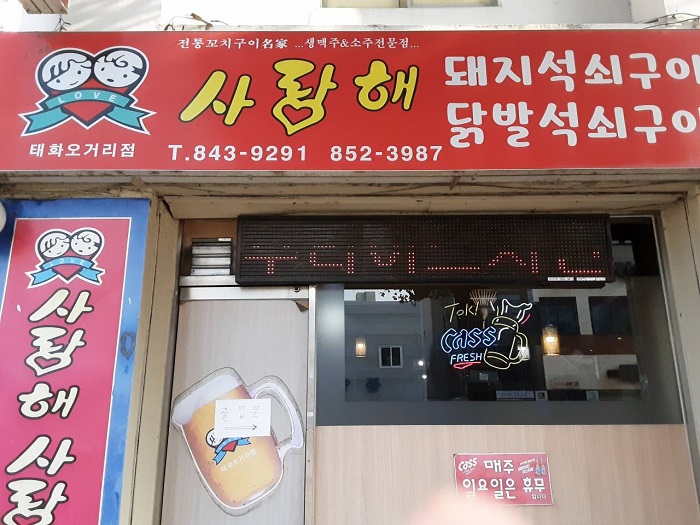
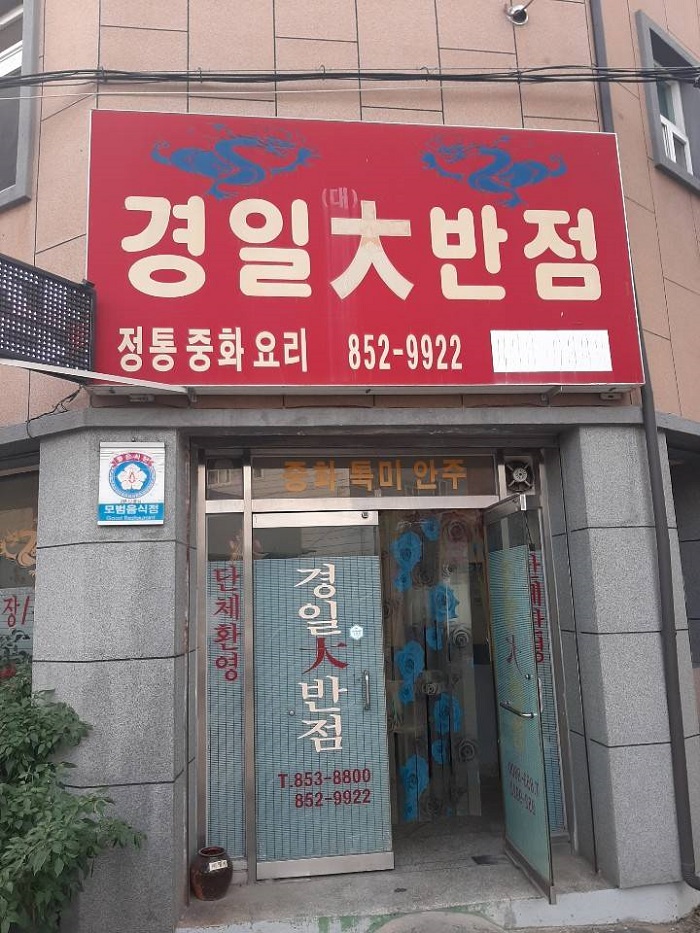
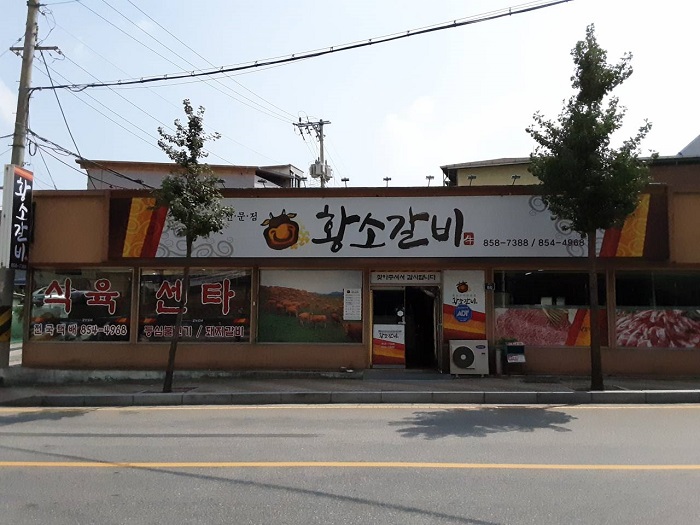
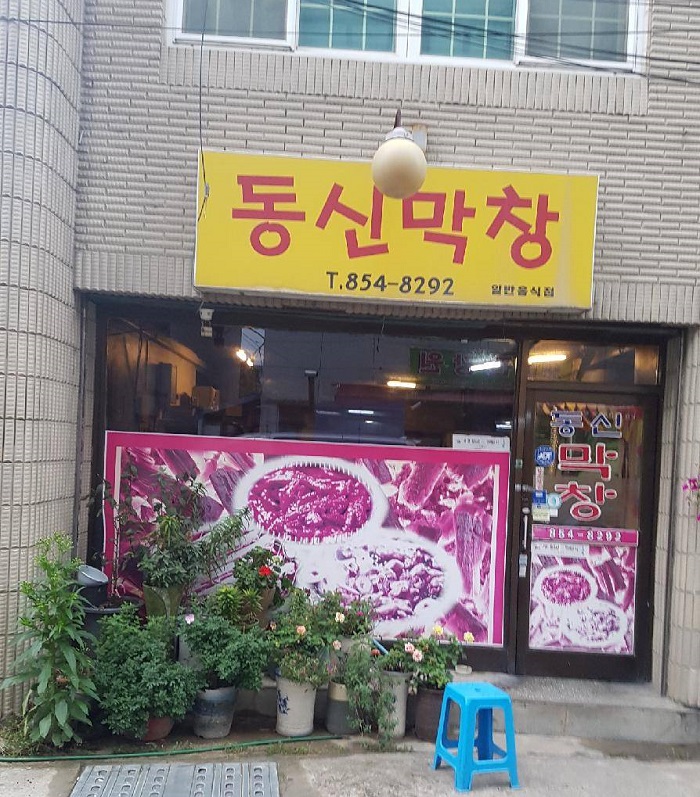
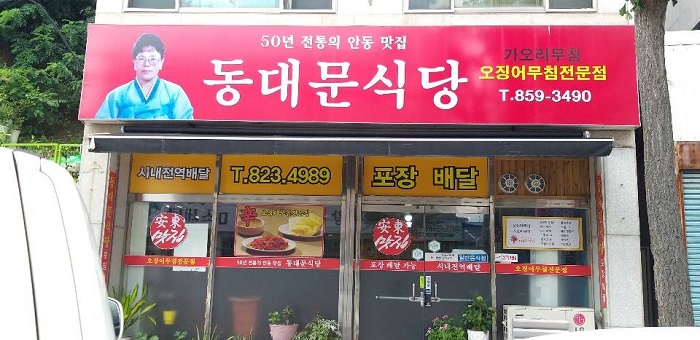
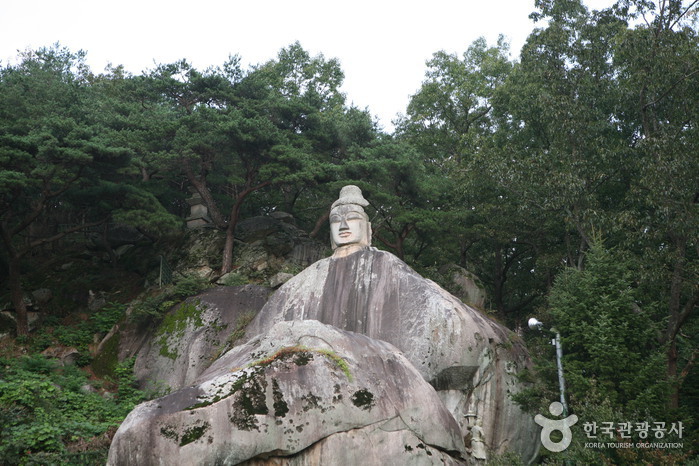
 Español
Español
 한국어
한국어 English
English 日本語
日本語 中文(简体)
中文(简体) Deutsch
Deutsch Français
Français Русский
Русский